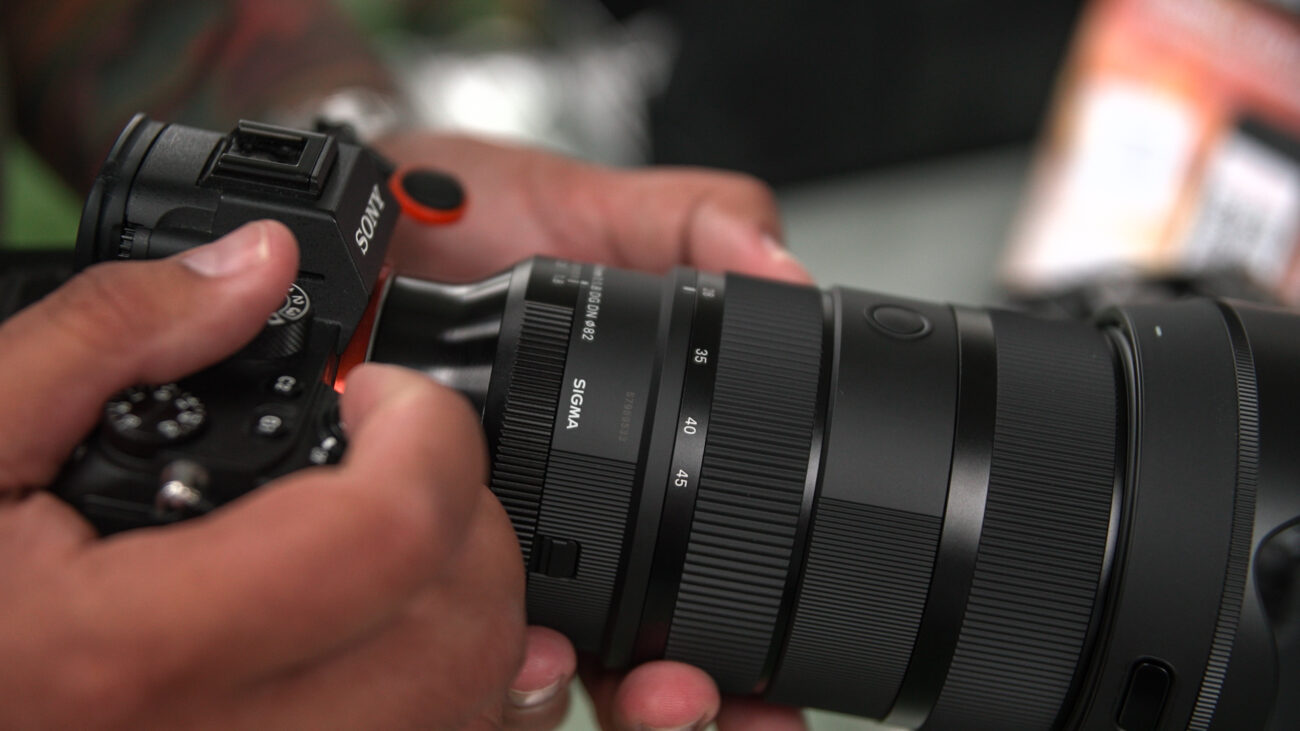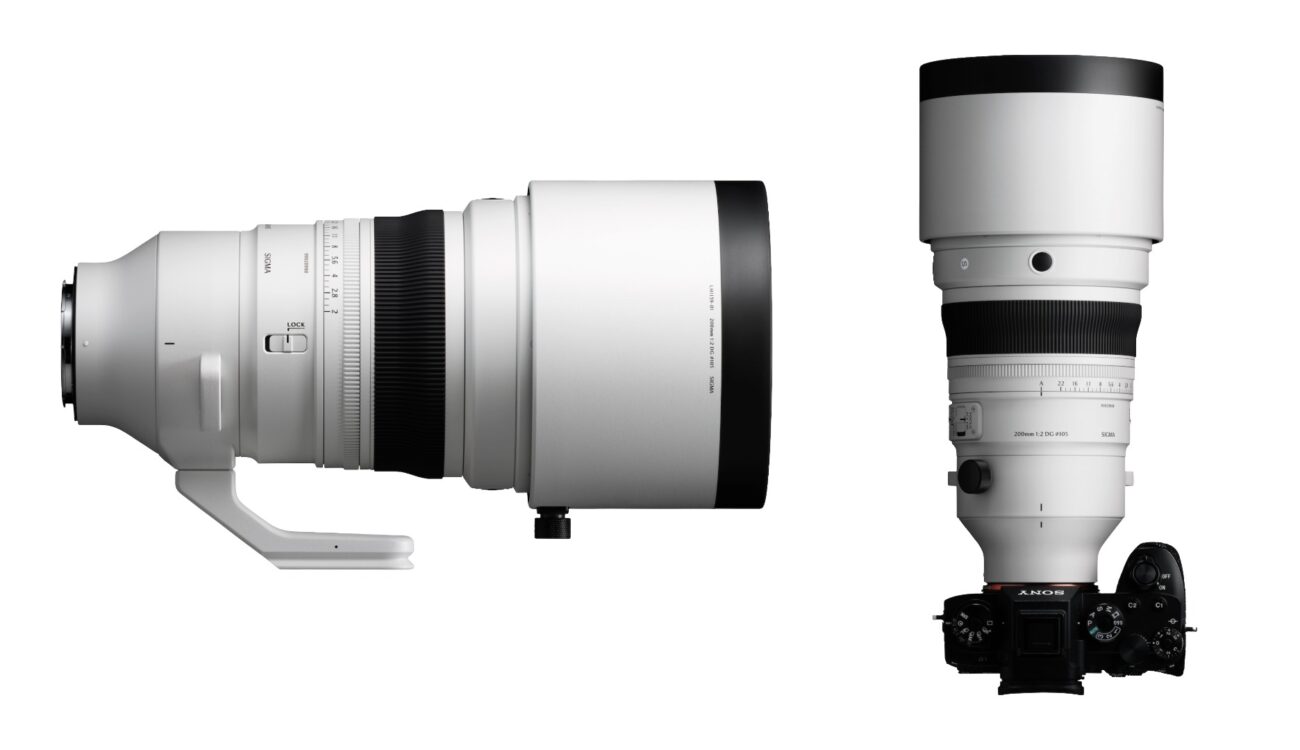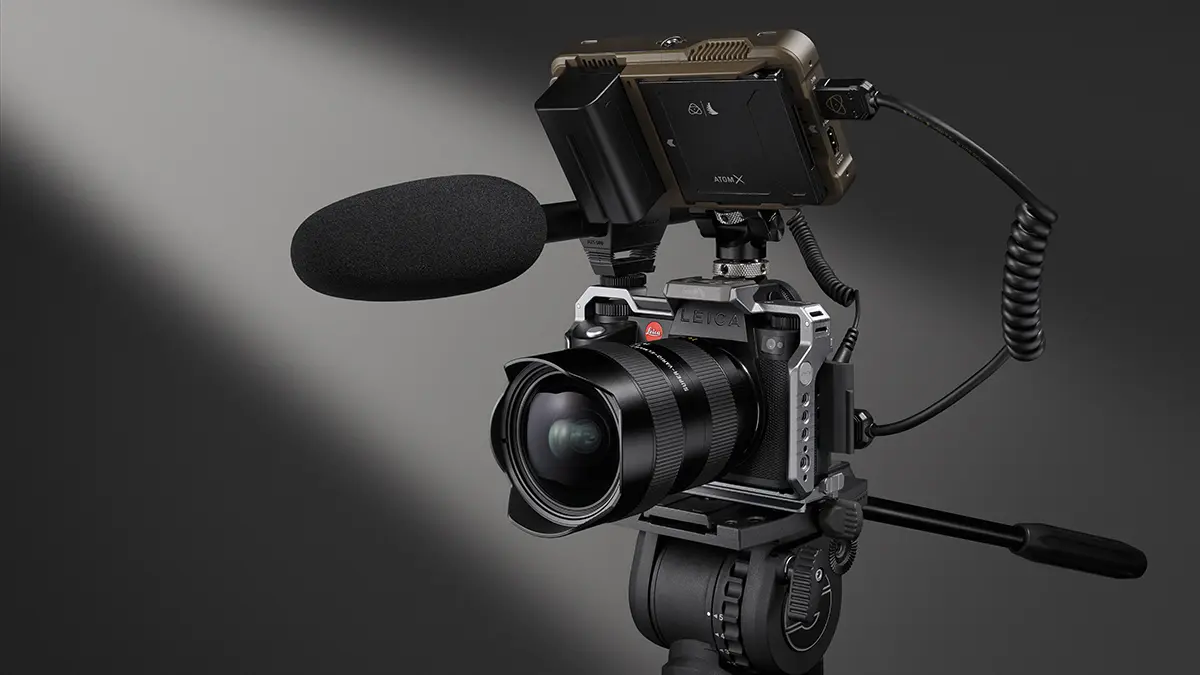
Blog
SIGMA Introduces Next-Gen Auto Focus Cine Lens Prototype at IBC 2024

The SIGMA Auto Focus Cine Lens Prototype is part of SIGMA’s efforts to bring autofocus capabilities to their line of cine lenses. This development aims to cater to the needs of filmmakers who require precise and reliable autofocus performance in their productions. Here are some key points about this prototype:
Advanced Autofocus Technology
Autofocus Mechanism:
- Likely utilizes a combination of phase detection and contrast detection autofocus systems. This hybrid approach ensures fast and accurate focusing, even in challenging lighting conditions.
Focus Tracking:
- Designed to maintain sharp focus on moving subjects, making it ideal for dynamic shooting scenarios such as action scenes or live events.
Optical Quality
Lens Elements:
- Incorporates high-quality glass elements to reduce chromatic aberrations, distortion, and flaring. This ensures that the image remains sharp and true to color across the entire frame.
Aperture Control:
- Features a wide aperture range, allowing for shallow depth-of-field effects. The precise control over aperture settings ensures filmmakers can achieve the desired exposure and bokeh effects.

Build and Design
Durability:
- Constructed from high-grade materials such as aluminum alloy or composite materials to provide a lightweight yet sturdy build. The lens is likely weather-sealed to protect against dust and moisture.
Ergonomics:
- Designed with professional filmmakers in mind, the lens features smooth and precise focus and aperture rings. These rings are often geared to be compatible with follow-focus systems.
Compatibility and Integration
Mount Options:
- The prototype is expected to be available in multiple mounts, such as PL, EF, and E-mount, ensuring compatibility with a wide range of cinema cameras.
Firmware Updates:
- To keep up with evolving camera technologies and improve performance, SIGMA might provide firmware updates for the lens, ensuring long-term usability.
User Interface and Controls
Focus Modes:
- Offers various focus modes, including continuous autofocus (AF-C) and single autofocus (AF-S), along with manual focus override for critical adjustments.
Display and Indicators:
- May feature an OLED or LCD display for showing focus distance, aperture settings, and other relevant information. This display aids in precise control during shooting.
Practical Applications

Narrative Filmmaking:
- Enhances storytelling by enabling filmmakers to focus more on composition and performance rather than manual focus adjustments.
Documentary and Wildlife Filmmaking:
- Autofocus capability is particularly beneficial in unpredictable shooting environments where manual focus can be challenging.
Live Broadcasting and Events:
- Ensures smooth and accurate focus transitions, crucial for live productions where there is no room for error.
Market and Industry Impact
Adoption and Competition:
- As one of the first cine lenses with reliable autofocus, SIGMA’s prototype could set a new standard in the industry. Other manufacturers may follow suit, leading to more options for filmmakers.
Cost Implications:
- Depending on the final specifications and performance, the lens might be priced at a premium compared to traditional manual focus cine lenses. However, the added convenience and functionality could justify the cost for many professionals.
Future Developments
User Feedback:
- During the prototype phase, SIGMA is likely gathering feedback from industry professionals to refine and improve the lens. This feedback will play a critical role in the final design and feature set.
Technological Advancements:
- As autofocus technology continues to evolve, future iterations of the lens might see improvements in speed, accuracy, and additional smart features like face detection or eye autofocus.
This comprehensive overview highlights the potential and innovation behind the SIGMA Auto Focus Cine Lens Prototype. If you have any specific questions or need further details on any aspect, feel free to ask!












 Cinema Cameras
Cinema Cameras Pro Camcorders
Pro Camcorders System Cameras
System Cameras Drones
Drones